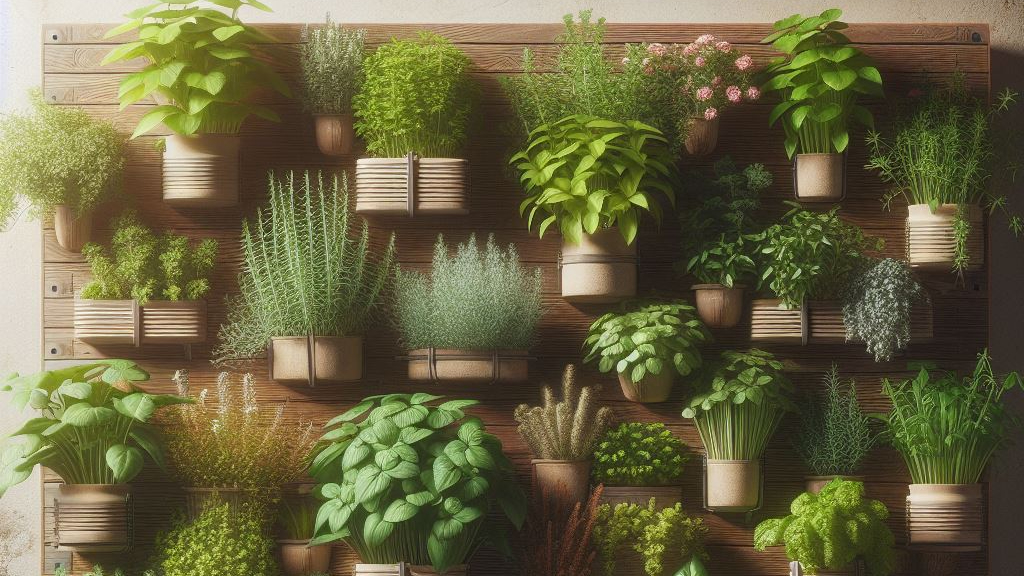Vertical gardens are more than just a passing trend; they represent a practical, eco-conscious, and visually appealing method of incorporating nature into any setting. Whether you’re working with a compact balcony or a sprawling outdoor area, there’s a vertical garden design suited to your space. These gardens also referred to as living walls or green walls, have gained significant traction in urban environments, converting mundane areas into vibrant havens. Beyond their aesthetic appeal, they offer a host of environmental advantages, including air purification, mitigation of urban heat island effects, and support for biodiversity. In this article, we’ll explore a range of vertical garden ideas and designs to ignite your imagination and elevate your green spaces.
Contents
- 1 12 Vertical Garden Ideas and Designs
- 1.1 Living Walls
- 1.2 Pallet Gardens
- 1.3 Hanging Garden Baskets
- 1.4 Vertical Herb Gardens
- 1.5 Shoe Pocket Organizer Gardens
- 1.6 Repurposed Gutter Gardens
- 1.7 Mason Jar Gardens
- 1.8 Climbing Vine Trellises
- 1.9 Living Kokedama Balls
- 1.10 Vertical Garden Towers
- 1.11 Succulent Frames
- 1.12 Hydroponic Vertical Gardens
- 2 Choosing the Right Plants for Your Vertical Garden:
- 3 Installation and Maintenance Tips for Vertical Gardens:
- 4 Installation and Maintenance Essentials for Vertical Gardens:
- 5 Environmental Benefits of Vertical Gardens:
- 6 FAQs
- 7 World of Vertical Gardens
- 8 Author
12 Vertical Garden Ideas and Designs
Living Walls
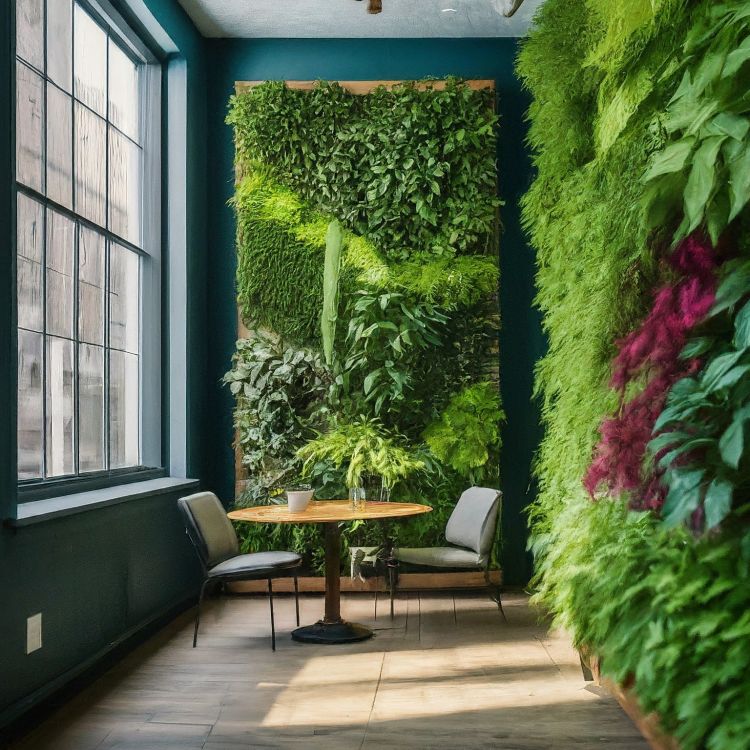
These are modular panels equipped with pre-planted pockets, creating verdant walls that are perfect for both indoor spaces and outdoor walls equipped with irrigation systems. Living walls offer a lush, green aesthetic that can transform any environment.
Pallet Gardens
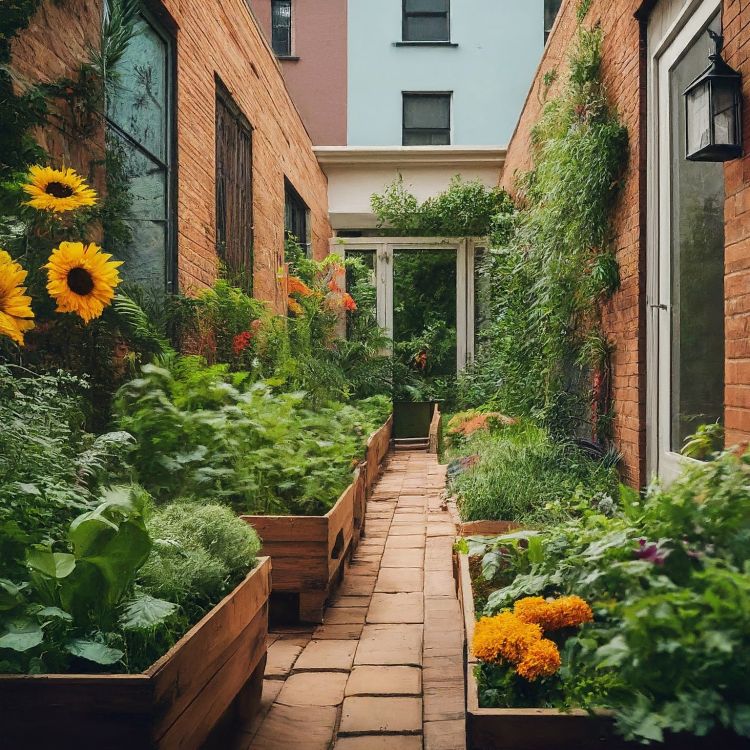
Repurposed pallets provide a rustic charm and ample space for cultivating herbs, flowers, and even small vegetables. This DIY approach to vertical gardening offers both functionality and visual appeal.
Hanging Garden Baskets
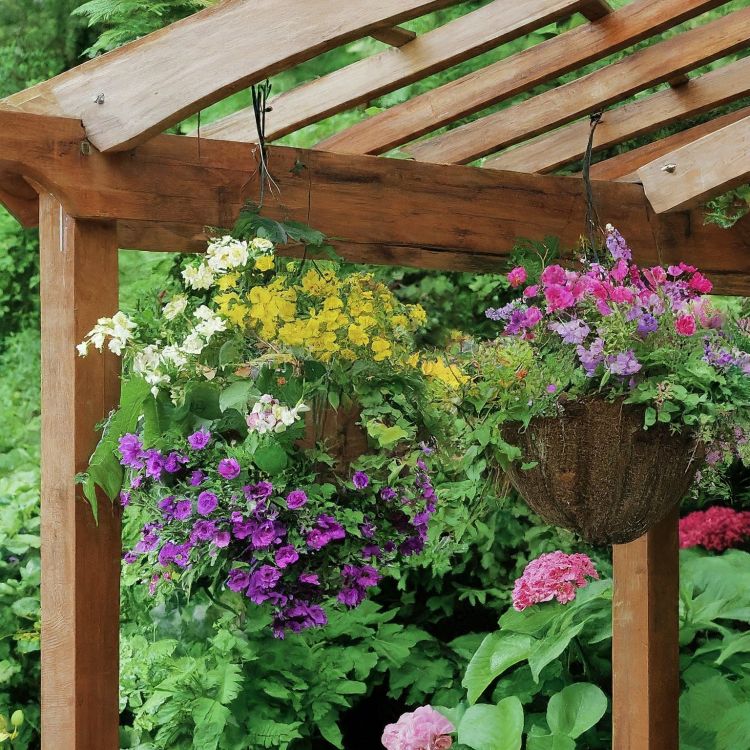
Utilize hanging baskets filled with trailing plants like ivy, spider plants, or wandering jew for a cascading effect. These baskets are versatile and can be hung from walls, fences, or pergolas
Vertical Herb Gardens
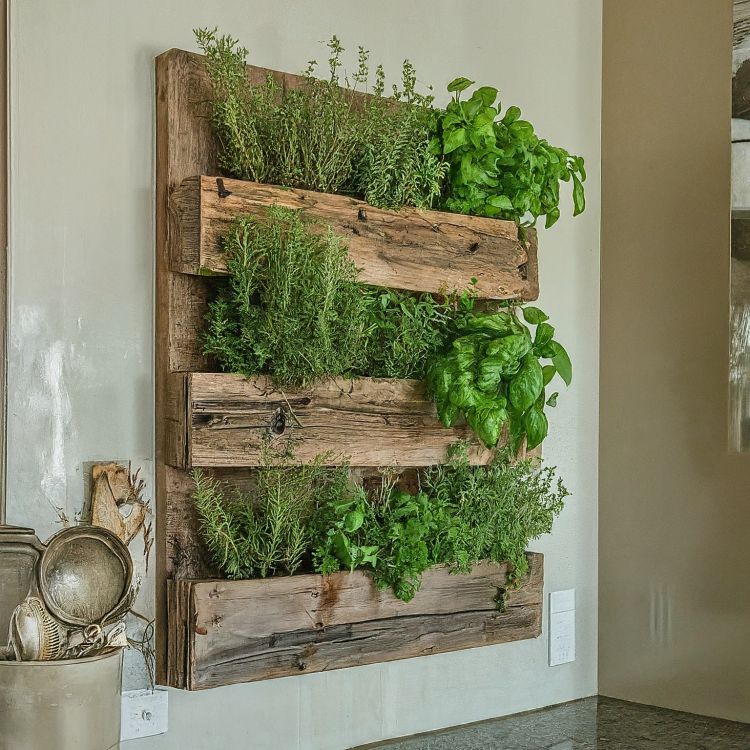
Grow fresh herbs within easy reach in your kitchen using hanging planters, tiered shelves, or repurposed ladders. Vertical herb gardens not only provide culinary convenience but also add a touch of greenery to indoor spaces.
Shoe Pocket Organizer Gardens
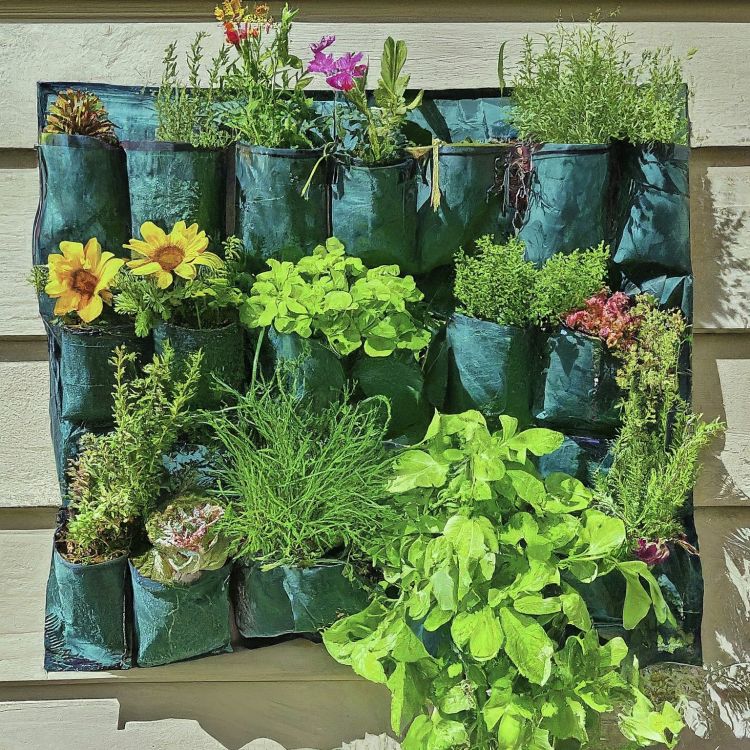
Upcycling old shoe organizers into vertical planters is an ingenious solution for small spaces. These organizers are perfect for housing succulents or cascading vines, adding a green accent to any area.
Repurposed Gutter Gardens
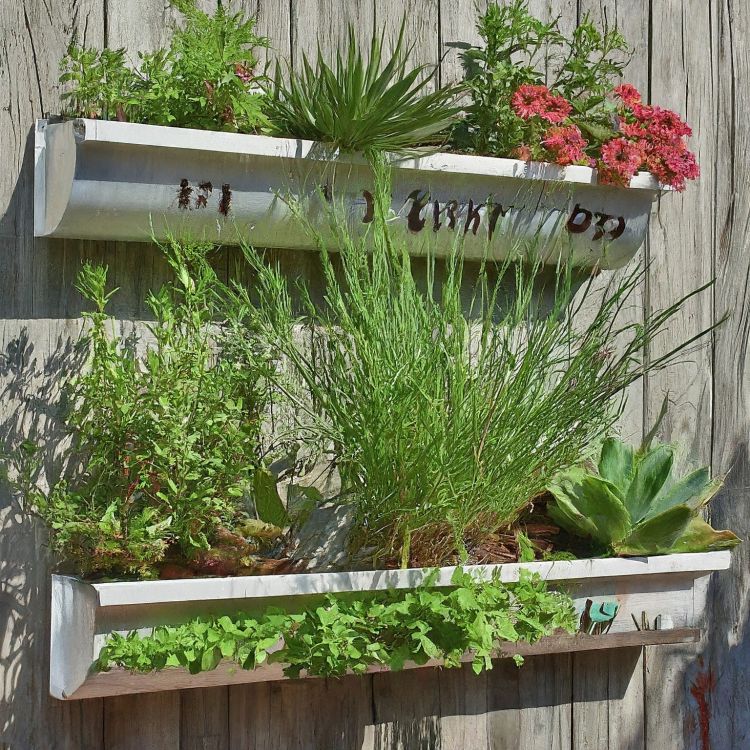
Install gutters vertically along a wall or fence and fill them with soil to create a unique planting area. Ideal for shallow-rooted plants like herbs, lettuces, or strawberries, gutter gardens are space-efficient and easy to maintain.
Mason Jar Gardens
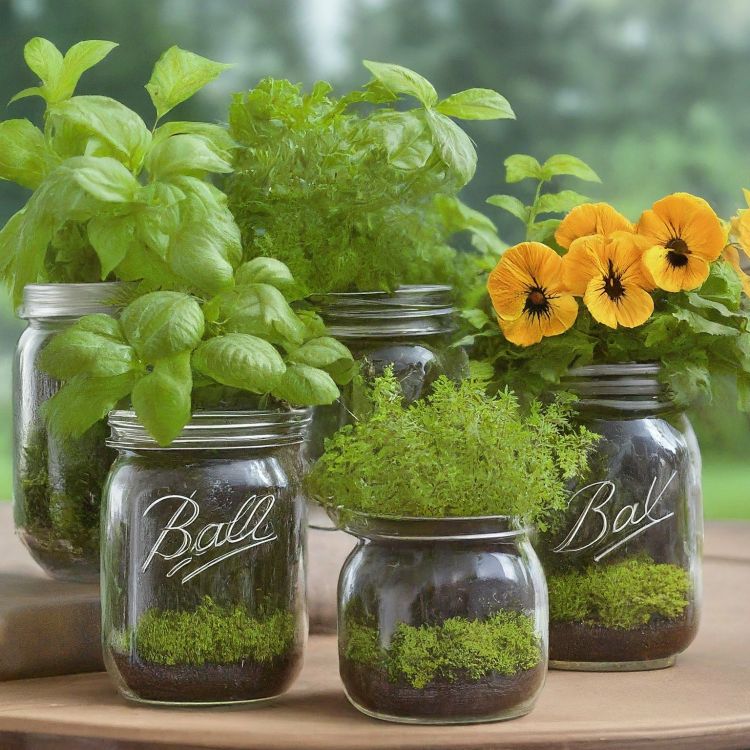
Hang mason jars filled with air plants or ferns to introduce a whimsical touch indoors. This creative display adds charm and character to any space while showcasing low-maintenance plant options.
Climbing Vine Trellises
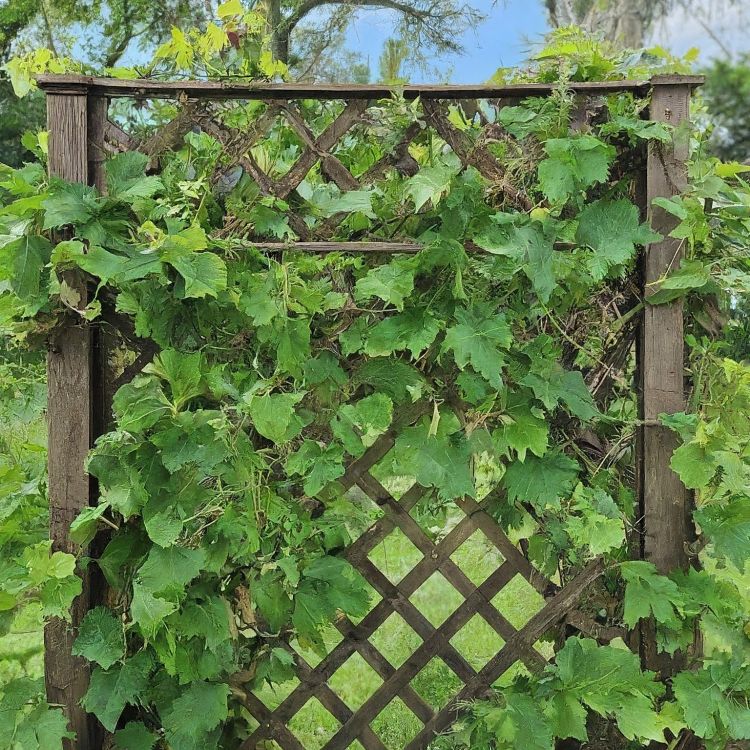
Train climbing vines like clematis or morning glory up trellises to create a vertical burst of color. These trellises not only add visual interest but also provide support for climbing plants, maximizing vertical space.
Living Kokedama Balls
Create moss-covered spheres suspended from the ceiling or placed on shelves for a unique, low-maintenance option. Living kokedama balls offer a distinctive aesthetic and can thrive in various indoor settings.
Vertical Garden Towers
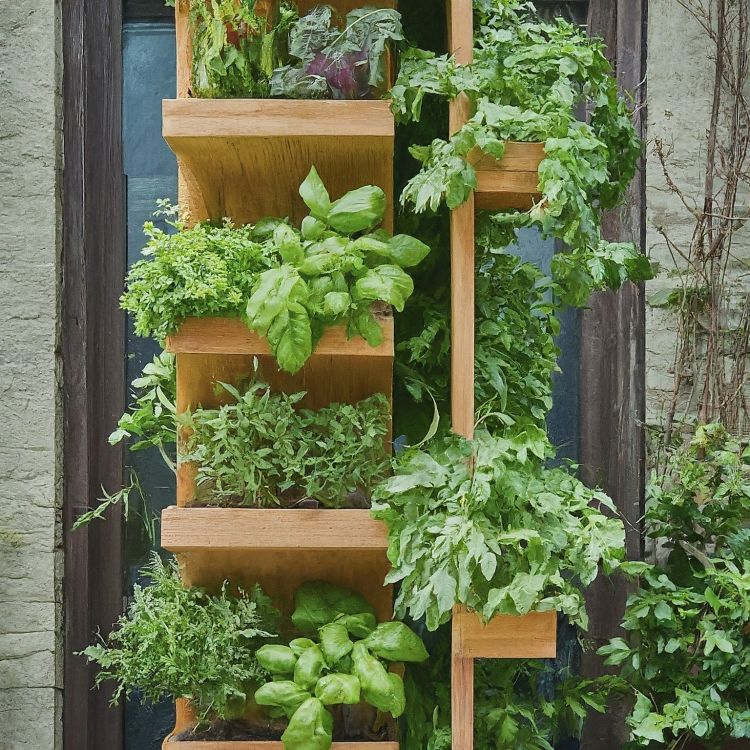
Construct vertical towers using stacked pots or specialized vertical planters. This design maximizes space and allows for a variety of plant arrangements, creating a striking focal point in any garden.
Succulent Frames
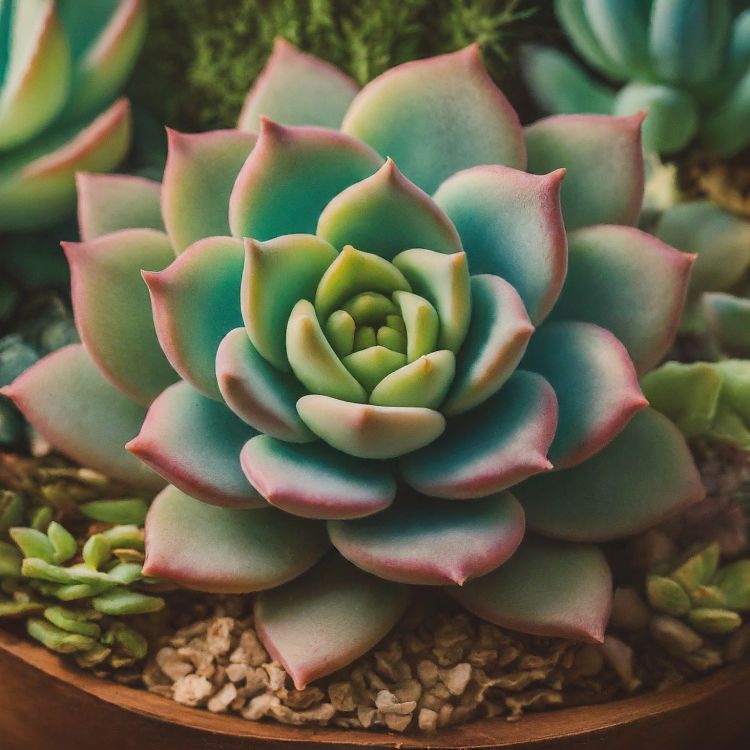
Create a living work of art by planting a variety of succulents in a wooden or metal frame filled with well-draining soil. Succulent frames add a modern touch to any space and require minimal maintenance.
Hydroponic Vertical Gardens
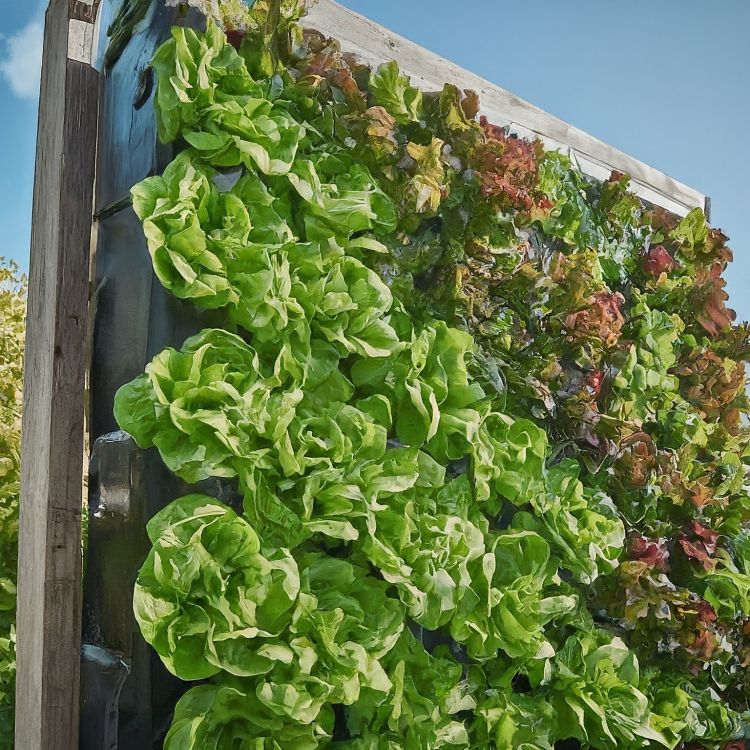
Embrace soil-less gardening by installing a hydroponic vertical garden system. These systems use nutrient-rich water to grow plants vertically, making them ideal for indoor environments or areas with limited soil access.
Choosing the Right Plants for Your Vertical Garden:
When planning your vertical garden, selecting the right plants is essential to ensure their health and vitality. Here are some key factors to consider when choosing plants for your vertical space:
Sun Exposure
Take note of the amount of sunlight your vertical garden receives throughout the day. Sun-loving plants such as succulents and herbs thrive in bright areas where they can soak up plenty of sunlight. On the other hand, shade-tolerant varieties like ferns and bromeliads prefer environments with less direct light. By matching your plant selection to the sun exposure of your vertical space, you can ensure that your plants thrive and flourish.
Maintenance Level
Consider your availability for plant care and maintenance when selecting plants for your vertical garden. Opt for low-maintenance options like succulents and air plants if you have a busy schedule or limited time to dedicate to gardening. These plants require minimal watering and care, making them ideal for those seeking hassle-free greenery.
Visual Appeal
Get creative with your plant selection to create a visually stunning vertical garden. Play with textures, colors, and heights to design a space that delights the senses. Mix and match different foliage types, such as broad-leaved ferns and spiky succulents, to add depth and interest to your garden. Incorporate flowering varieties for pops of color and seasonal interest, enhancing the overall aesthetic of your vertical oasis.
Space Constraints
Evaluate the available space in your vertical garden and choose plants that fit within the allotted area. Opt for compact or trailing varieties for narrow or limited spaces, ensuring that your plants have room to grow without overcrowding.
Watering Requirements
Take into account the watering needs of your chosen plants and ensure they align with your watering schedule and available irrigation systems. While some plants, like succulents, thrive with infrequent watering, others may require more regular moisture. Select plants that match your watering habits and the capabilities of your vertical garden setup.
Climate Compatibility
Consider the climate and environmental conditions of your location when selecting plants for your vertical garden. Choose species that are well-suited to your local climate, temperature range, and humidity levels to ensure their long-term health and vitality. Research native or drought-tolerant plants that are resilient to fluctuations in weather and require minimal intervention to thrive.
Allergies and Toxicity
Be mindful of any allergies or sensitivities among household members or visitors when choosing plants for your vertical garden. Avoid species known to trigger allergic reactions or produce irritating pollen. Additionally, consider the toxicity of certain plants, especially if you have pets or small children, and opt for non-toxic varieties to ensure a safe and welcoming environment.
Longevity and Growth Habit
Take into consideration the growth habits and lifespan of your chosen plants to anticipate their long-term impact on your vertical garden. Select species with compatible growth rates and habits to maintain balance and harmony within the garden over time. Avoid invasive or aggressive plants that may outcompete others or require frequent pruning to contain their growth.
Installation and Maintenance Tips for Vertical Gardens:
Creating and maintaining a thriving vertical garden requires careful attention to installation and ongoing care practices. Here are some essential tips to ensure the success of your vertical garden:
Proper Irrigation
Adequate watering is crucial for the health of plants in vertical gardens, where water may drain quickly. Ensure consistent moisture levels by implementing an effective irrigation system. Consider installing drip irrigation or self-watering systems to provide plants with the water they need while minimizing wastage and ensuring efficient moisture distribution throughout the garden.
Light Requirements
Assess the natural light conditions in your vertical garden space to determine suitable plant selections. Most vertical gardens thrive in bright, indirect light, but the specific light requirements may vary depending on the plant species. Choose plants that match the available light levels, ensuring they receive adequate sunlight for healthy growth. Additionally, consider supplementing with artificial lighting in areas with limited natural light to support plant growth and vitality.
Regular Pruning and Care
Maintain the health and aesthetics of your vertical garden through regular pruning and attentive care. Remove dead or overgrown foliage to promote airflow and prevent the spread of disease. Monitor plants for signs of pests or diseases and take prompt action to address any issues. Additionally, replenish nutrients by fertilizing plants as needed to support vigorous growth and vibrant foliage. By staying proactive with maintenance tasks, you can ensure that your vertical garden remains lush and thriving year-round.
Installation and Maintenance Essentials for Vertical Gardens:
Establishing and sustaining a flourishing vertical garden necessitates attention to both installation and ongoing maintenance procedures. Here’s a breakdown of key practices to ensure the vitality and longevity of your vertical garden:
Proper Irrigation
Adequate watering is paramount for plant health, particularly in vertical gardens where water drainage can be rapid. Prioritize consistent moisture levels by implementing effective irrigation methods. Consider integrating drip irrigation or self-watering systems to optimize moisture distribution, ensuring plants receive sufficient hydration while minimizing water wastage.
Light Requirements
Assess the natural light conditions within your space to inform plant selection. While most vertical gardens thrive in bright, indirect light, it’s essential to match plants with suitable light levels. Some species may require more or less sunlight to thrive. Conduct a thorough evaluation of available light, and adjust plant choices accordingly. In areas with limited natural light, consider supplementing with artificial lighting to support healthy plant growth and development.
Regular Pruning and Care
Uphold the health and aesthetic appeal of your vertical garden through consistent pruning and attentive care practices. Regularly remove dead or overgrown foliage to enhance airflow and prevent the spread of disease. Vigilantly monitor plants for signs of pests or diseases, taking swift action to address any issues that arise. Additionally, maintain plant vitality by replenishing nutrients through appropriate fertilization methods. By adhering to proactive maintenance routines, you can ensure that your vertical garden remains vibrant and visually captivating.
Soil Considerations
Choose a well-draining potting mix specifically formulated for vertical gardening to provide optimal growing conditions for your plants. Avoid using heavy or compacted soils, as they can impede water drainage and root development. Additionally, periodically assess soil moisture levels to ensure proper hydration without waterlogging, which can lead to root rot and other issues.
Mulching
Apply a layer of organic mulch to the surface of the soil to help retain moisture, suppress weed growth, and regulate soil temperature. Organic mulches, such as shredded bark or compost, gradually decompose, enriching the soil with essential nutrients over time. Mulching also enhances the visual appeal of your vertical garden while promoting overall plant health and vitality.
Support Structures
Ensure that the support structures of your vertical garden, such as trellises, frames, or mounting systems, are securely installed and capable of bearing the weight of the plants. Regularly inspect and reinforce support structures as needed to prevent sagging or instability, particularly as plants mature and grow in size. Properly maintained support structures are essential for maintaining the integrity and functionality of your vertical garden over time.
Pest Management
Implement proactive pest management strategies to safeguard your vertical garden against common pests and diseases. Monitor plants regularly for signs of pest infestation, such as unusual discoloration, holes in leaves, or visible insects. Utilize organic pest control methods, such as hand-picking pests, applying insecticidal soaps or neem oil, or introducing beneficial insects, to minimize damage and maintain plant health without relying on harsh chemicals.
Seasonal Maintenance
Adjust your maintenance routines to accommodate seasonal changes and fluctuations in environmental conditions. During periods of intense heat or drought, increase watering frequency to prevent dehydration and stress on plants. In colder climates, provide protection for sensitive plants against frost or freezing temperatures. Additionally, periodically assess plant growth and adjust pruning, training, and fertilization practices accordingly to promote healthy development throughout the year.
Environmental Benefits of Vertical Gardens:
In addition to their aesthetic appeal and practicality, vertical gardens offer a range of environmental benefits that contribute to a more sustainable and resilient urban landscape:
Air Purification
Vertical gardens serve as organic air purifiers, capturing pollutants like carbon dioxide, nitrogen dioxide, and volatile organic compounds (VOCs) from the air. Through the process of photosynthesis, plants convert these harmful pollutants into oxygen, helping to improve air quality and mitigate the effects of urban pollution.
Temperature Regulation
The vegetation in vertical gardens helps to regulate temperatures in urban environments by providing shade and insulation. By reducing the absorption of heat from the sun and promoting evaporative cooling through transpiration, vertical gardens help to mitigate the urban heat island effect, which can lead to elevated temperatures in densely populated areas.
Stormwater Management
Vertical gardens play a crucial role in stormwater management by capturing and retaining rainwater runoff. The plants absorb excess water through their roots, reducing the risk of flooding and soil erosion. Additionally, vertical gardens help to filter pollutants and sediments from stormwater runoff, improving water quality and reducing the strain on municipal drainage systems.
Habitat Creation
Vertical gardens provide habitat and food sources for a variety of wildlife, including birds, insects, and beneficial pollinators. By supporting biodiversity and ecological balance in urban environments, vertical gardens contribute to the overall health and resilience of urban ecosystems.
Noise Reduction
The lush greenery of vertical gardens functions as a built-in acoustic shield, soaking up and redirecting the cacophony of noise pollution emanating from nearby cityscapes. By reducing noise levels and creating a more tranquil environment, vertical gardens enhance the quality of life for residents and visitors alike.
Carbon Sequestration
Through the process of photosynthesis, plants in vertical gardens absorb carbon dioxide from the atmosphere and store it as biomass. This helps to mitigate the impacts of climate change by reducing greenhouse gas emissions and sequestering carbon in urban green spaces.
FAQs
What are some creative vertical garden ideas and designs for small spaces?
Utilize repurposed pallets for pallet gardens, hanging garden baskets filled with trailing plants, shoe pocket organizer gardens for upcycling old shoe organizers, and install repurposed gutter gardens along walls or fences.
How can I choose the right plants for my vertical garden design?
Consider factors such as sun exposure, maintenance level, visual appeal, and space constraints. Opt for sun-loving plants like succulents and herbs for ample sunlight, shade-tolerant varieties like ferns for less light, low-maintenance plants for busy schedules, and compact or trailing varieties for small spaces.
What are some installation and maintenance tips for vertical gardens?
Ensure adequate watering with drip irrigation or self-watering systems, assess light conditions, prune dead foliage regularly, monitor for pests, and replenish nutrients as needed to maintain health and aesthetics.
What are the environmental benefits of vertical gardens in urban landscapes?
Vertical gardens act as air filters, regulate temperatures, mitigate stormwater runoff, support biodiversity, reduce noise pollution, and contribute to carbon sequestration, enhancing urban sustainability and resilience.
World of Vertical Gardens
Amidst the hustle and bustle of city life, vertical gardens stand tall as symbols of innovation and natural beauty. These living walls not only add a splash of green to our urban jungles but also serve as powerful agents of environmental change. From cleansing our air to cooling down concrete landscapes, vertical gardens offer a breath of fresh air in our quest for sustainable living. Whether you’re a seasoned gardener or a curious beginner, now is the time to explore the world of vertical garden ideas and designs. Let’s unite in transforming our cities into lush, vibrant havens of greenery!

